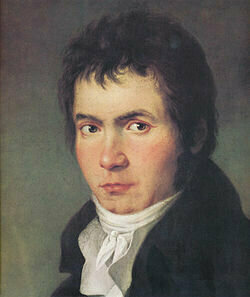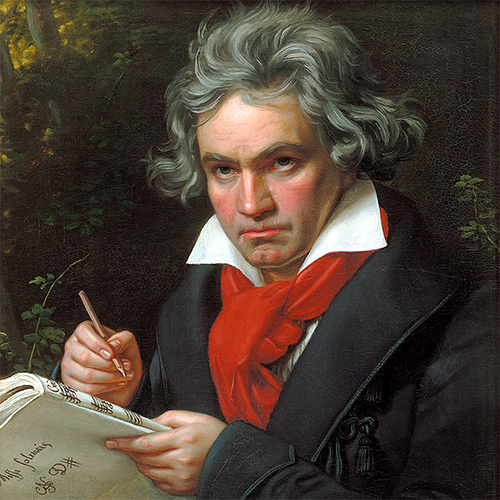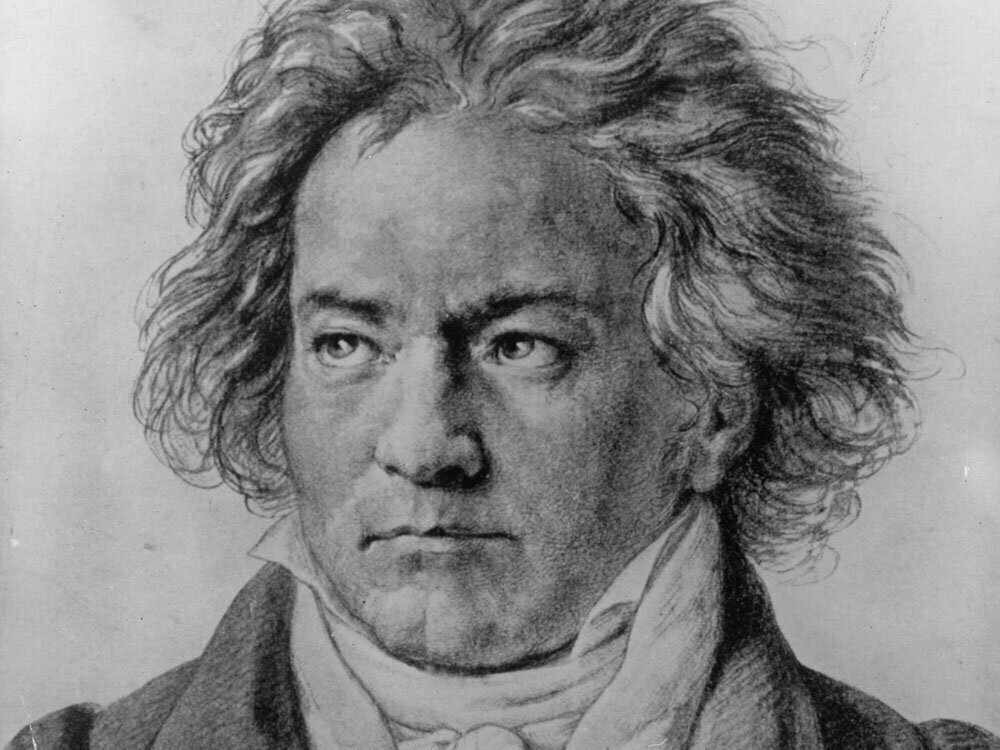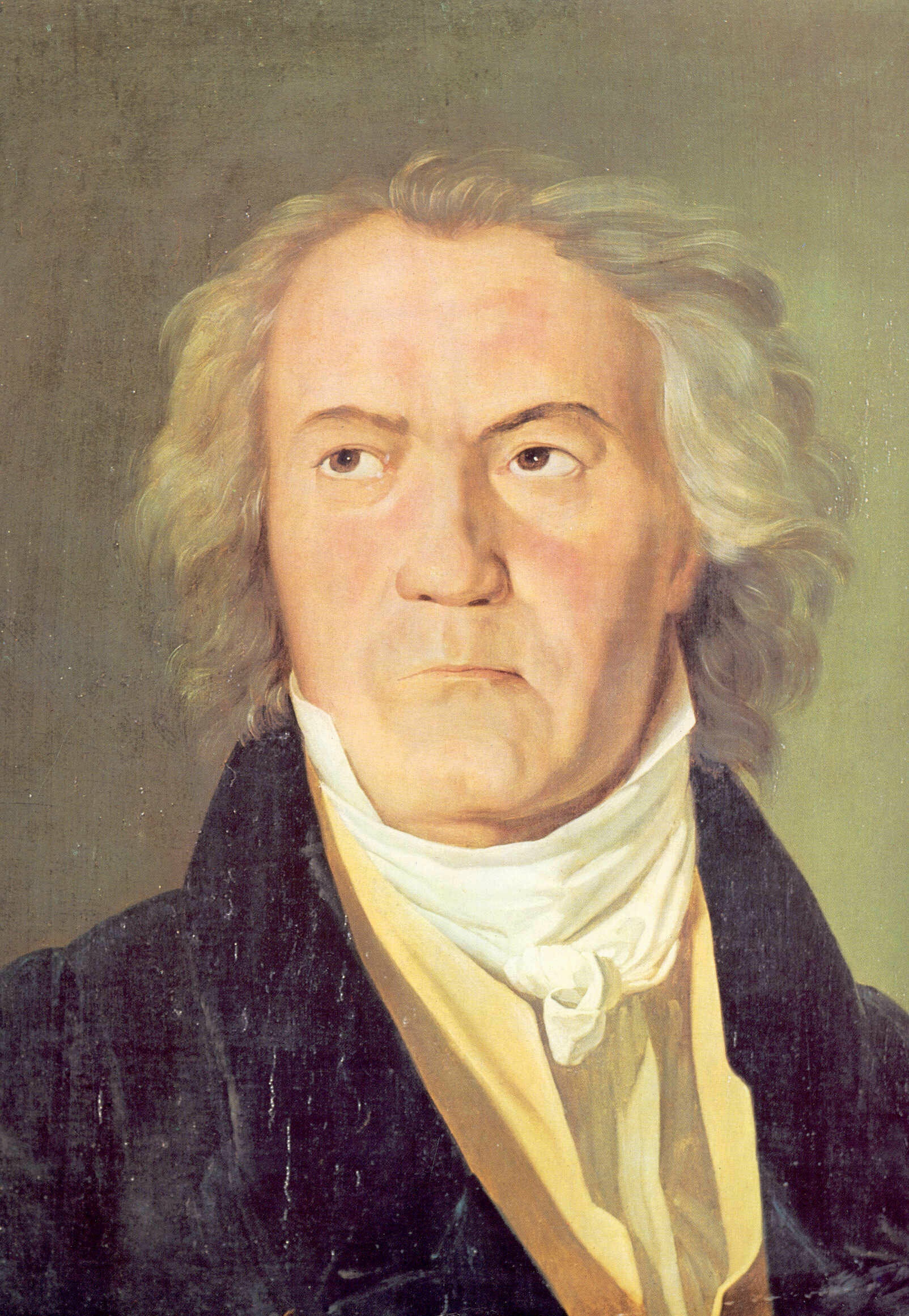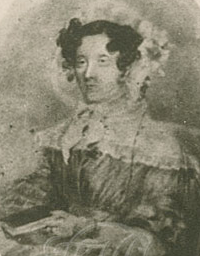The famous “short-short-short-long” motive that initiates the opening of Beethoven’s 5th Symphony has become the most compact and commanding gesture in all of symphonic literature. Powerfully introduced by the whole orchestra in the minor mode, the module is ambiguous in
Beethoven
To her close friends she was simply known as “Babette,” but everybody else referred to her as Princess Anna Louise Barbara Odescalchi. That, of course, was her married name as she had wed Prince Innocenz Odescalchi in Pressburg, currently called
Introducing new and unknown pieces of music to a wider public audience is always a special occasion. Ludwig van Beethoven scheduled such a concert full of premieres at the Theater an der Wien on 22 December 1808. Of course, Beethoven
Beethoven was starting to have some serious health problems when Prince Nikolai Galitzine—an amateur cellist in St. Petersburg and great admirer of Beethoven’s music—wrote to him on 9 November 1822. “May I ask,” the Prince inquired “for one, two, or
3 Duets, WoO 27: No. 1 in C Major (arr. Kazunori Seo for flute and bassoon) I. Allegro commodo From BEETHOVEN, L. van: Flute Works, Vol. 1 (2018) Released by Naxos Beethoven: 3 Duets, WoO 27: No. 1 in C
The Premiere of Beethoven’s Last Symphony During the final stages of putting the finishing touches on his 9th symphony (which was also Beethoven’s last symphony), Beethoven was adamant that it should be premiered in Berlin. For years, Beethoven had lamented
When Leopold Koželuch arrived in Vienna to follow his musical calling, he immediately understood that being a capable musician and composer was not enough to really get ahead.
Whether we like it or not, Ludwig van Beethoven was one of the greatest disruptive forces in the history of music. He was a revolutionary man who lived and worked in revolutionary and tumultuous times, and his music exerted tremendous

